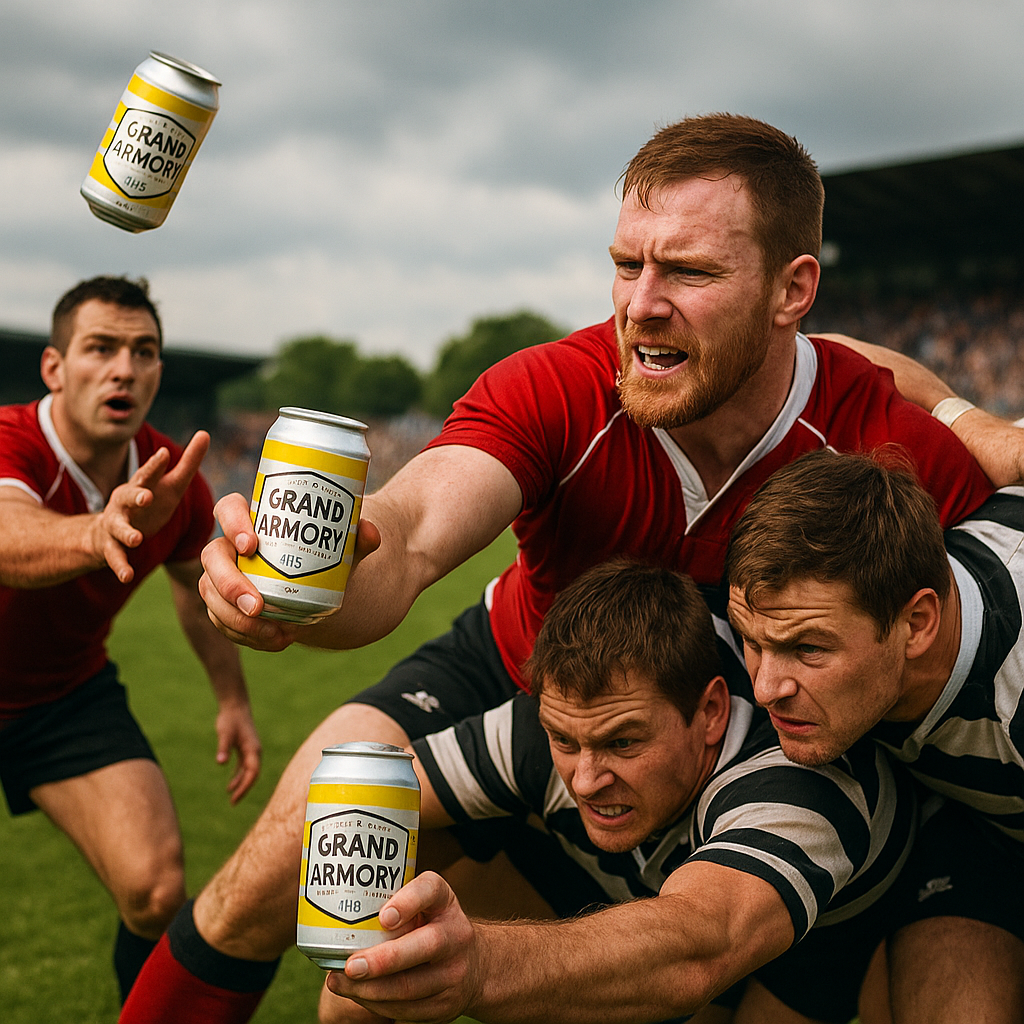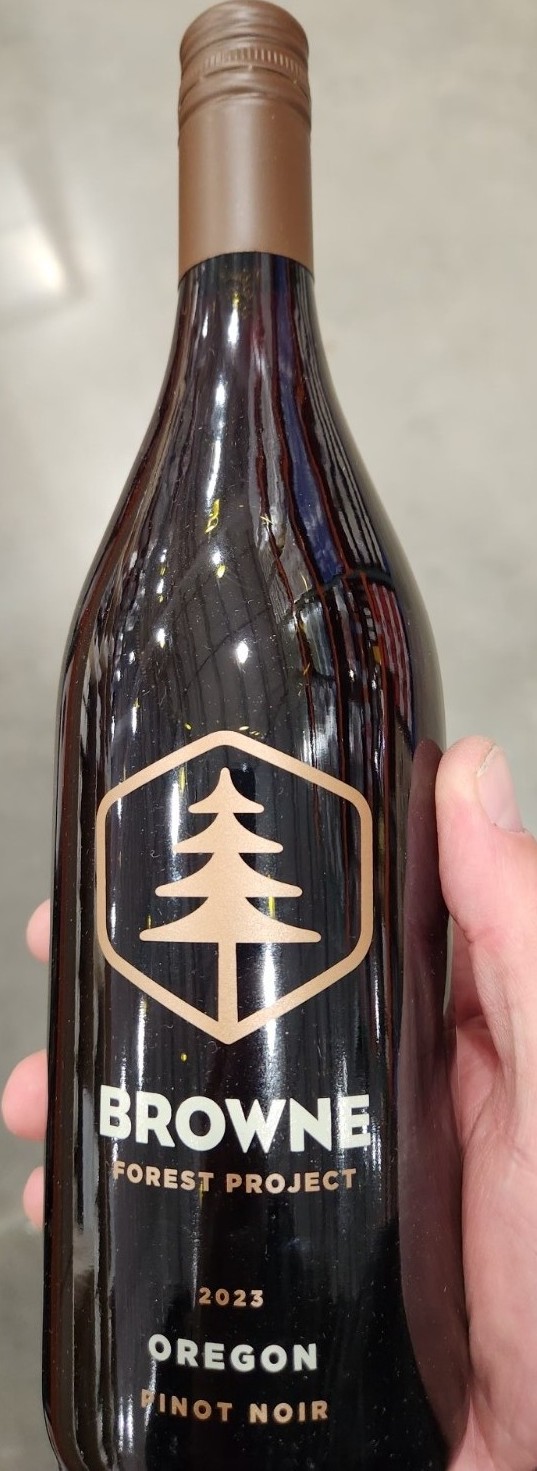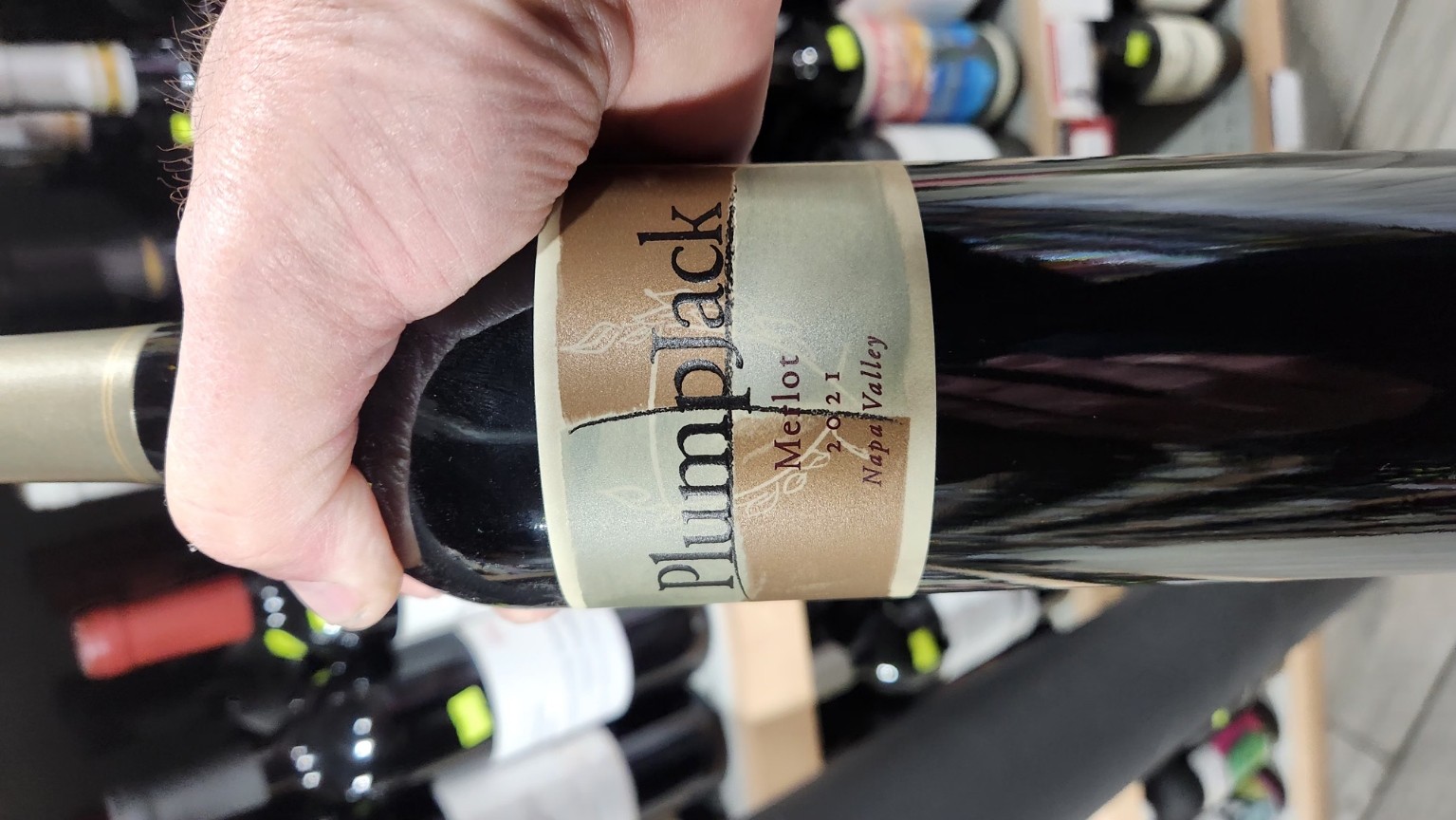The boom years of craft beer — the days when every week meant a new brewery, a louder can design, or a wilder double-dry-hopped IPA — are over. The latest industry numbers tell the story: U.S. brewery counts have finally dipped, and production is down roughly 4%. It’s a stat that sounds like trouble until you look closer. What’s really happening is a market growing up.
The easy wins — festival hype, Instagram lines, “blink-and-you-miss-it” releases — aren’t cutting it. Drinkers are splitting their attention between seltzers, RTDs, and a surprisingly bold non-alcoholic scene. The players who will survive this match are the ones thinking strategically: sourcing local grains, brewing in smaller runs, and reconnecting with their communities.
At a recent festival, I tasted a smoked lager made with Michigan cherry wood that tasted like campfire and caramel had a handshake deal. That’s not a gimmick — that’s confidence. You can see it in 4.2% table beers that invite another pour, not another notch on Untappd. It’s flavor over flash.
And the best part? It’s putting power back in the drinker’s hands. You can skip the same-old-same-old IPA treadmill and start asking your local brewer what’s really cooking — maybe it’s a saison fermented with wild yeast from their backyard, or a pale ale sweetened with local honey. That’s where the magic’s happening.
In rugby, there’s beauty in the grind — the scrum, the positioning, the precision. The craft beer scene’s there now. The wild sprint down the pitch is over; now it’s about who can read the field, pivot at the right time, and hold their ground. The flashy players might fade, but the smart ones? They’re going to control possession for a long time.










